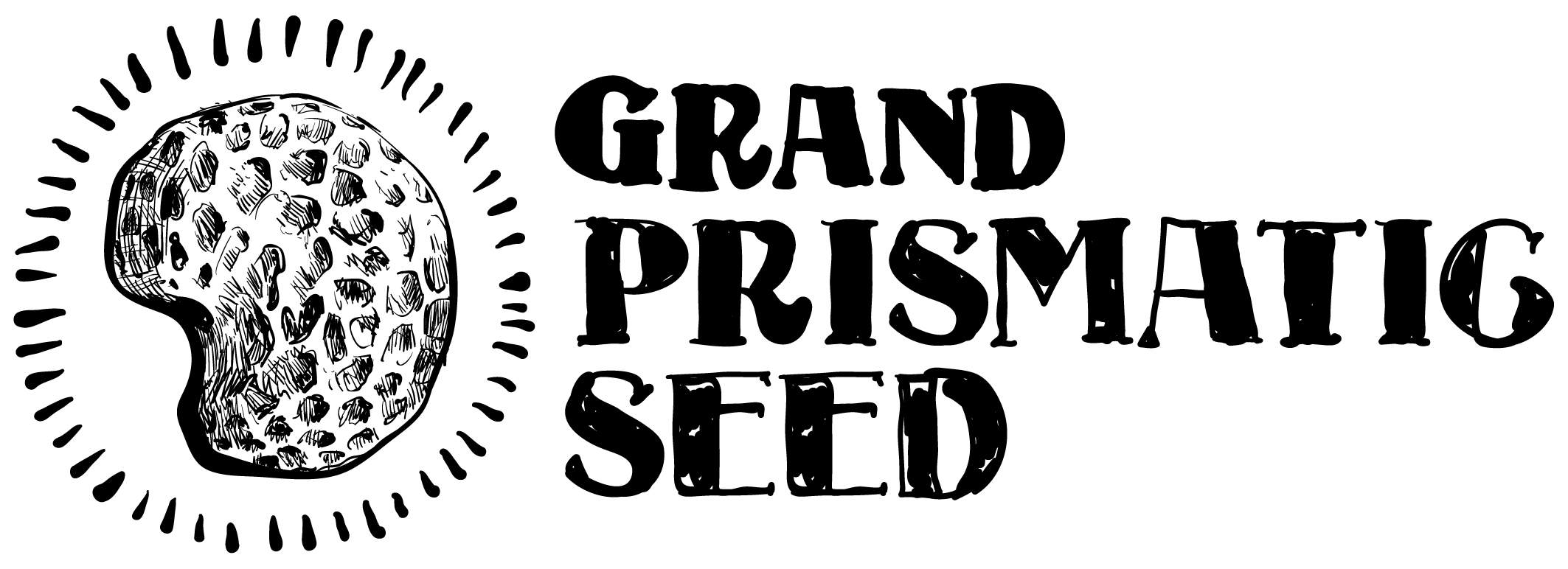The Art and Craft of Natural Dyeing


The Art and Craft of Natural Dyeing
Note from James:
The Art and Craft of Natural Dyeing was one of the first dye books I ever owned, and it quickly became an indispensable guide as I began my journey into fiber arts as a teenager. I was immediately drawn in by its blend of rich historical context and practical, hands-on knowledge. I continue to revisit this book often, and at this point, it feels like an old friend whose stories never lose their charm.
(Note: We only ship books within the United States)
From the publisher:
“This is the most comprehensive manual written on natural dyes since the early 1800s. Jim Liles has rescued ancient skills from near-extinction and shared them in a book that will inspire, challenge, and guide the modern dyer.”—Rita Buchanan, author of A Weaver’s Garden, and editor of the new Brooklyn Botanic Gardens Handbook on Natural Dyes” . . . a must for every dyer. The recipes are explicit and detailed as to success and failure.”—Mary Frances Davidson
For several thousand years, all dyes were of animal, vegetable, or mineral origin, and many ancient civilizations possessed excellent dye technologies. The first synthetic dye was produced in 1856, and the use of traditional dyes declined rapidly thereafter. By 1915 few non-synthetics were used by industry or craftspeople. The craft revivals of the 1920s explored traditional methods of natural dyeing to some extent, particularly with wool, although the great eighteenth- and nineteenth-century dye manuals, which recorded the older processes, remained largely forgotten.
In The Art and Craft of Natural Dyeing, J. N. Liles consolidates the lore of the older dyers with his own first-hand experience to produce both a history of natural dyes and a practical manual for using pre–synthetic era processes on all the natural fibers–cotton, linen, silk, and wool. A general section on dyeing and mordanting and a glossary introduce the beginner to dye technology. In subsequent chapters, Liles summarizes the traditional dye methods available for each major color group. Scores of recipes provide detailed instructions on how to collect ingredients–flowers, weeds, insects, wood, minerals–prepare the dyevat, troubleshoot, and achieve specific shades.
The book will appeal not only to beginning and veteran dyers but to students of restorations and reconstruction as well as to craftspeople–spinners, quilters, weavers, knitters, and other textile artists–interested in natural dyes for their beauty and historical authenticity.
The Author: J. N. Liles was a professor of zoology at the University of Tennessee, Knoxville. He taught at Arrowmont School and other regional craft schools and was a member of the Southern Highland Handicraft Guild and the Costume Society of America.
